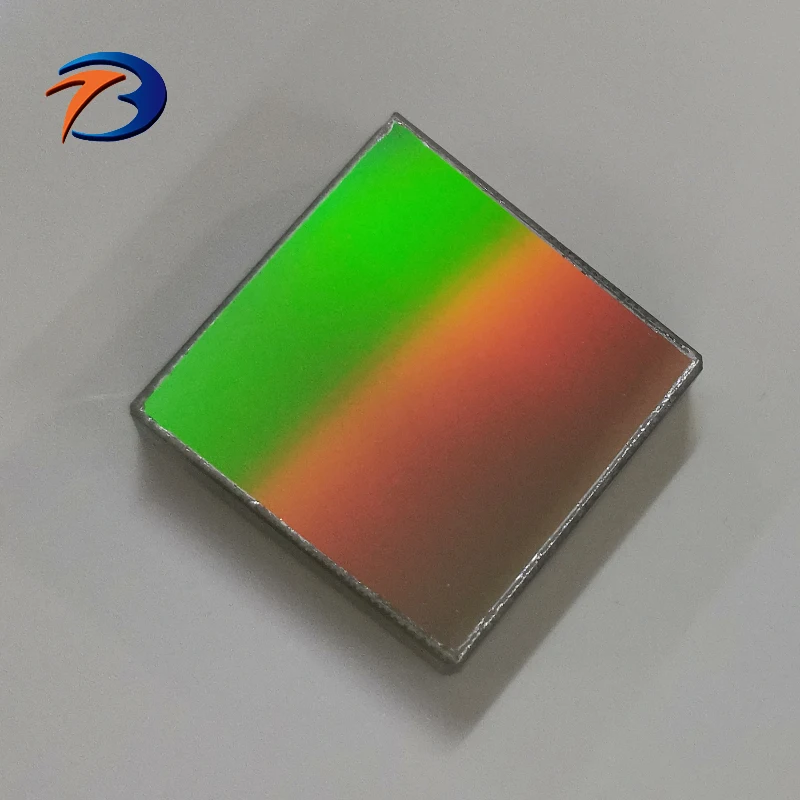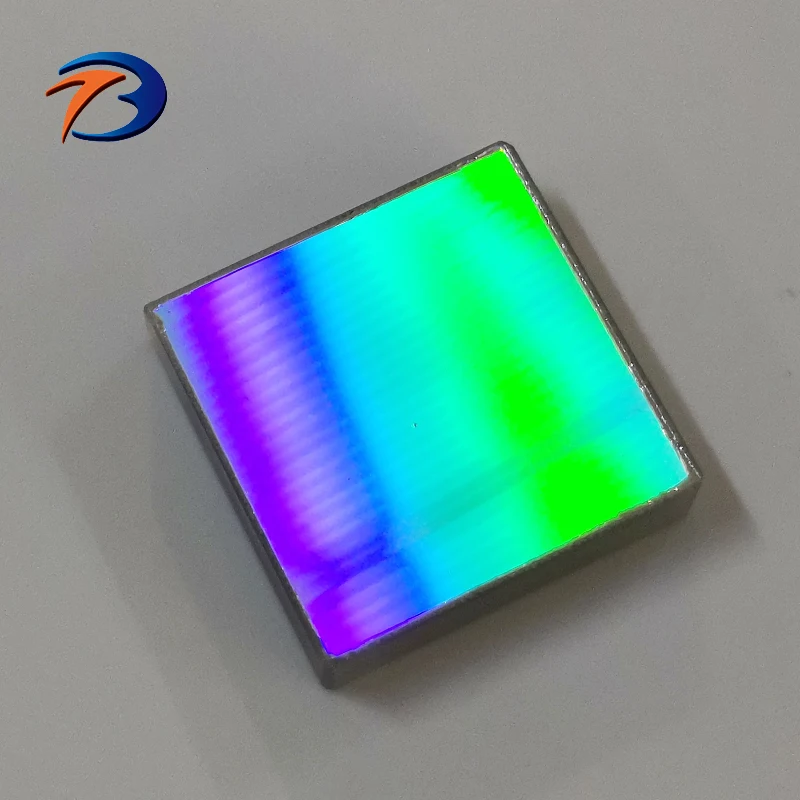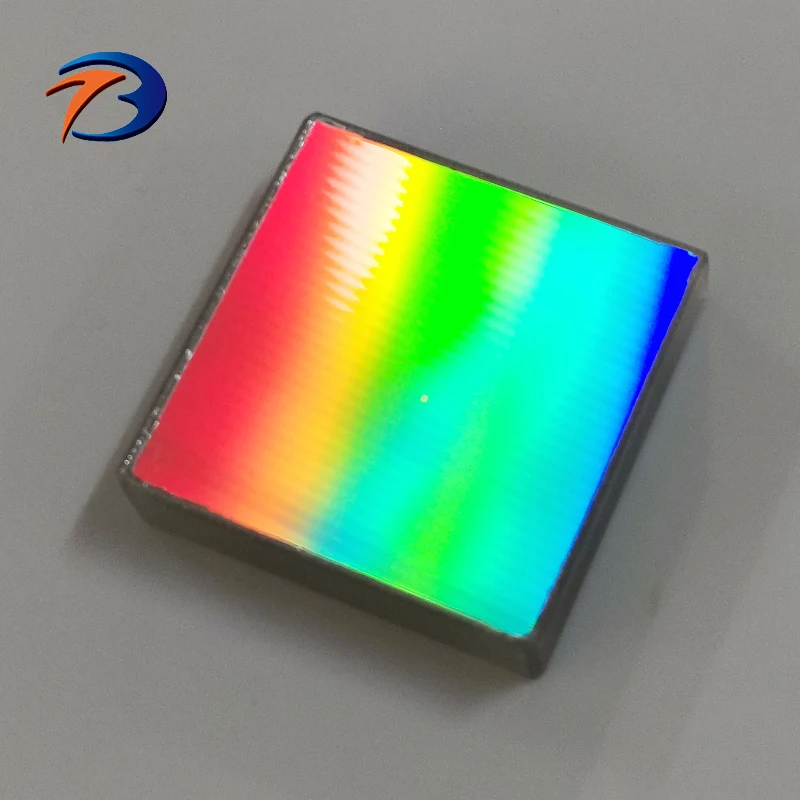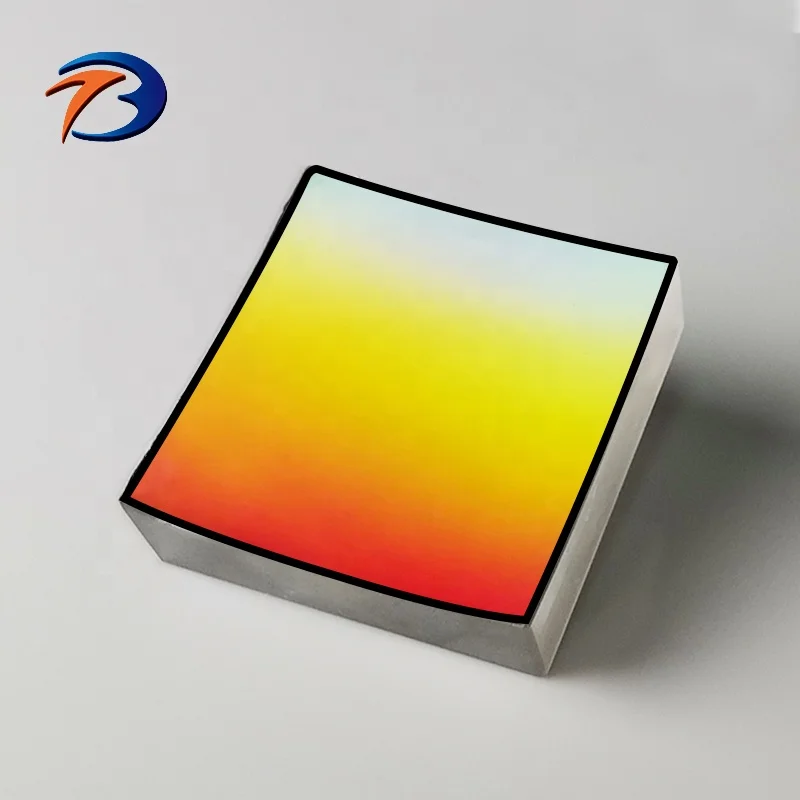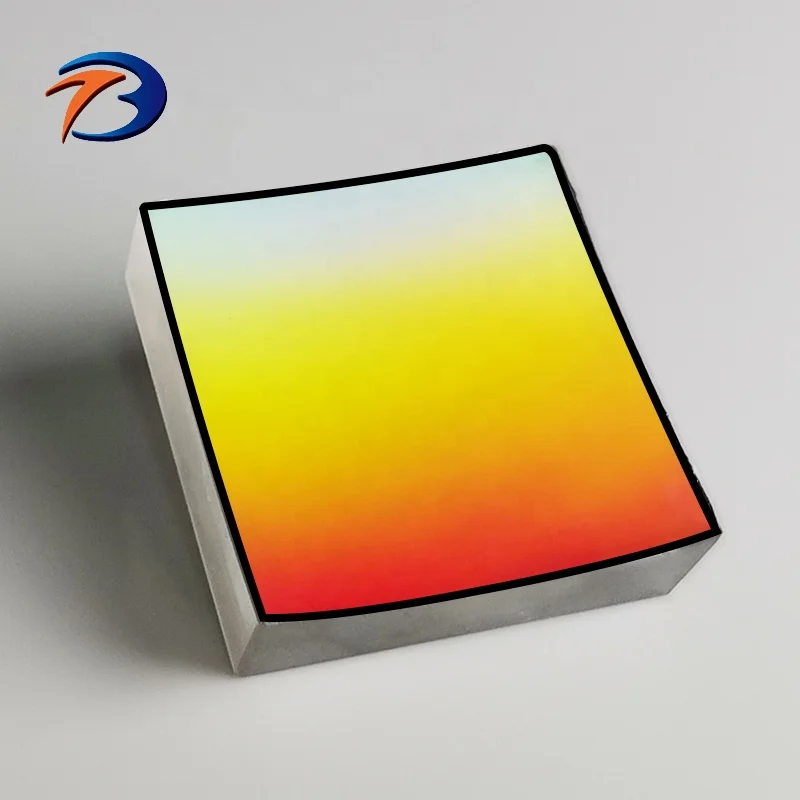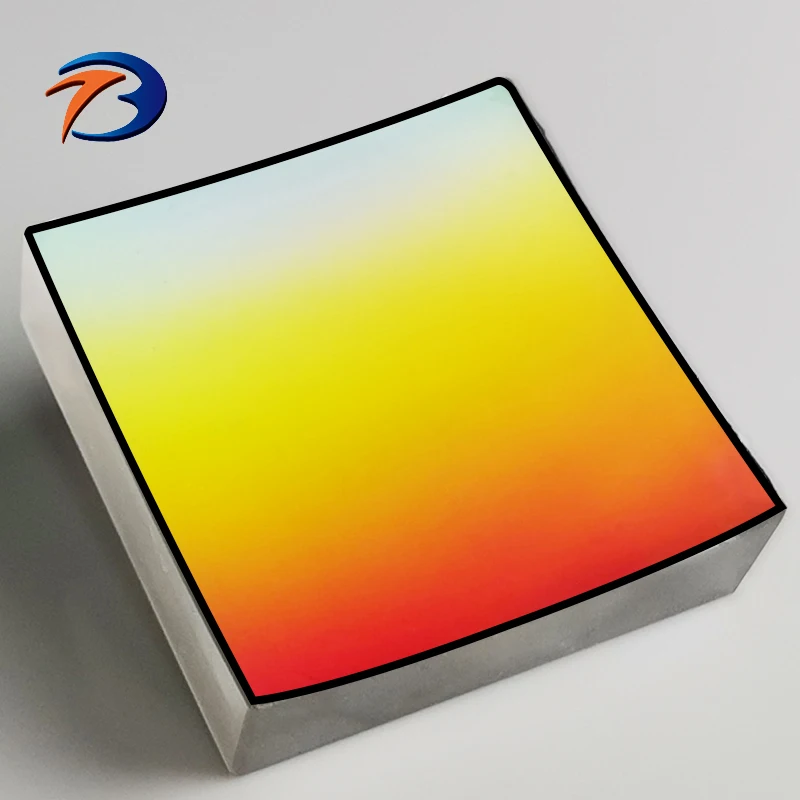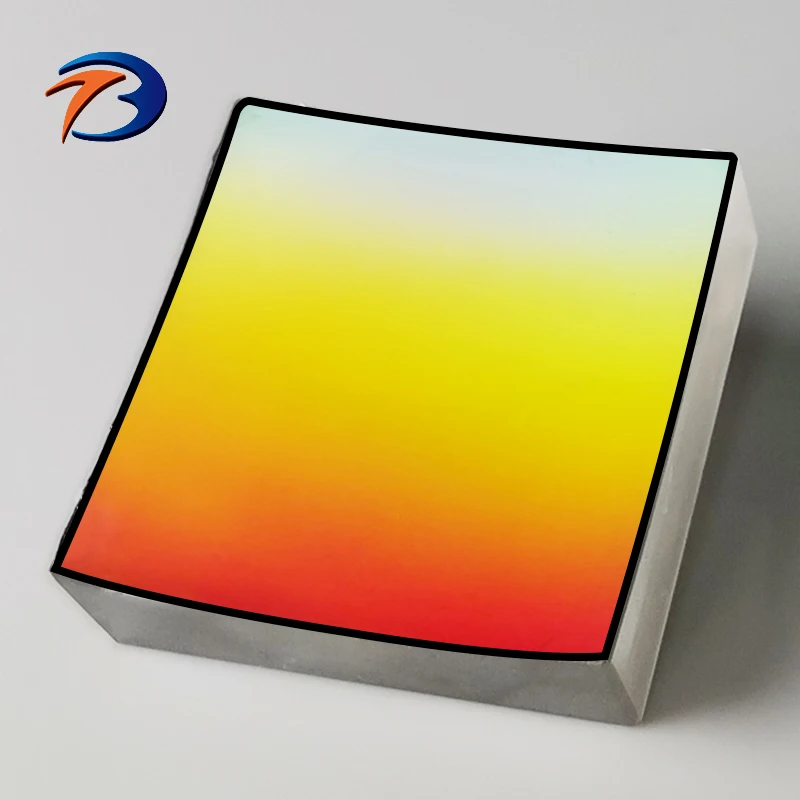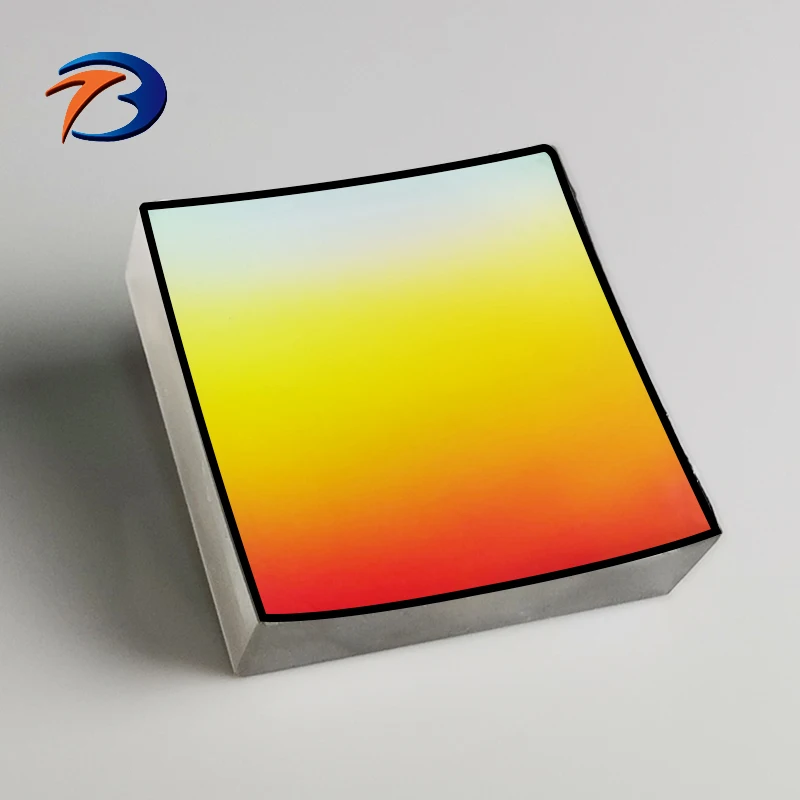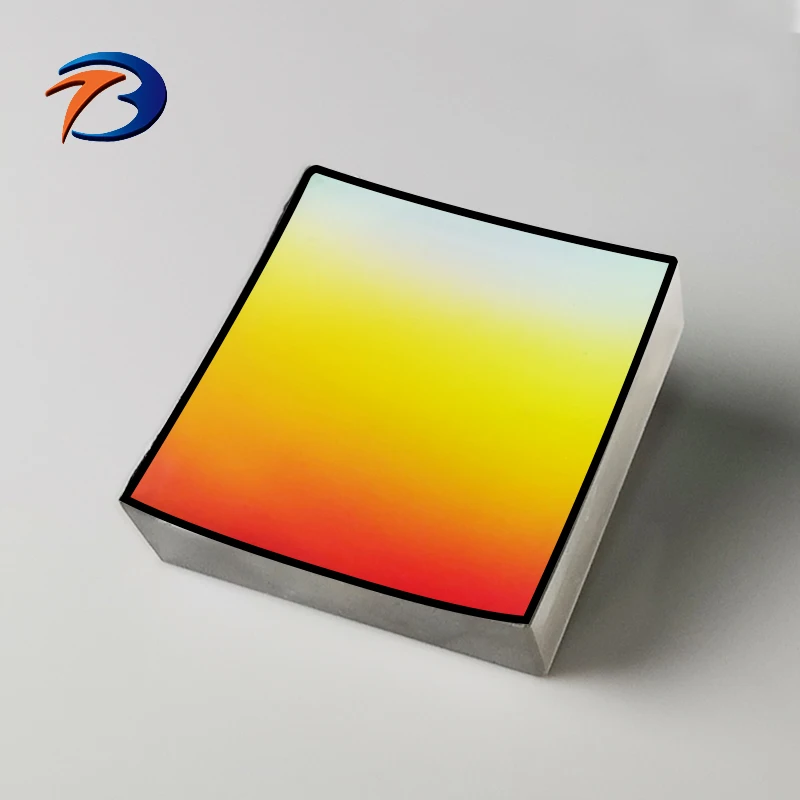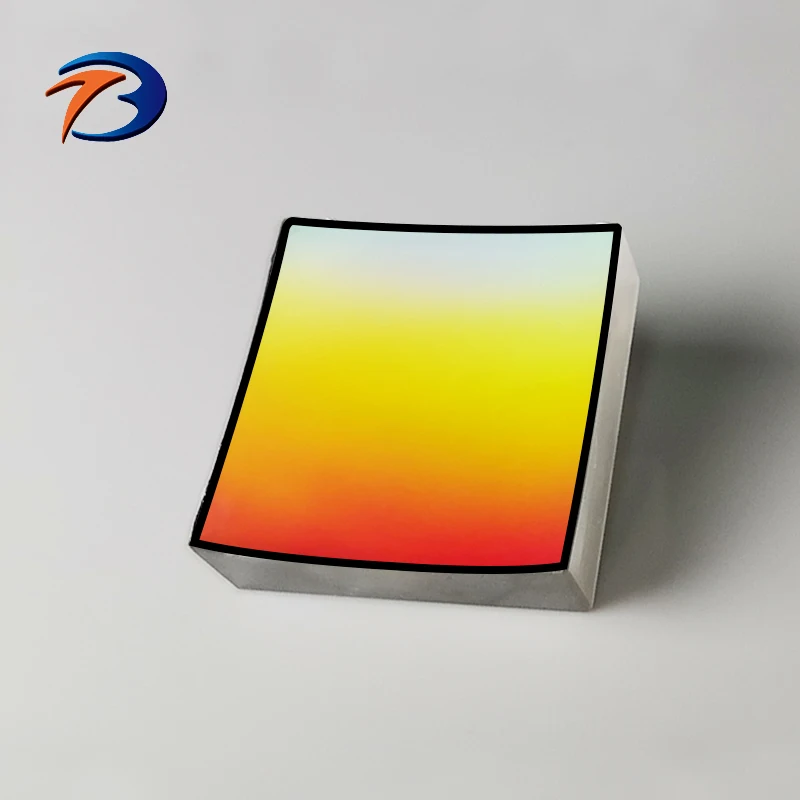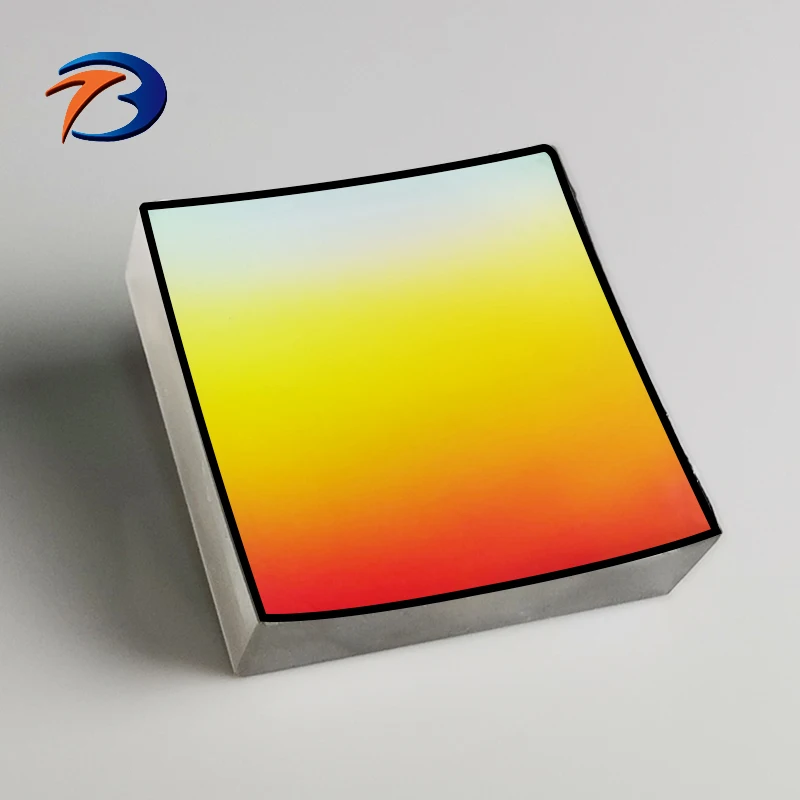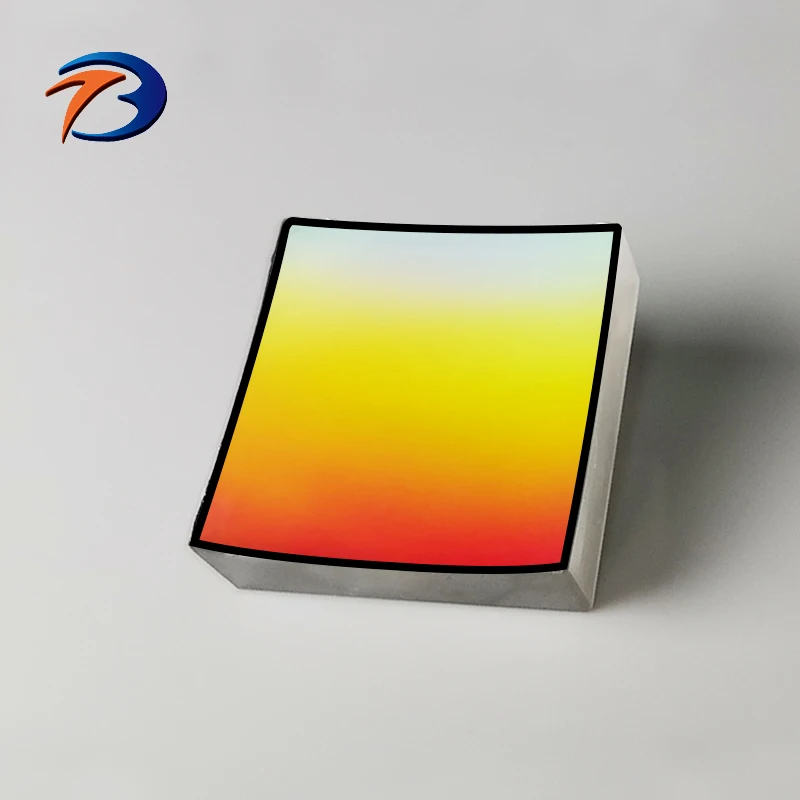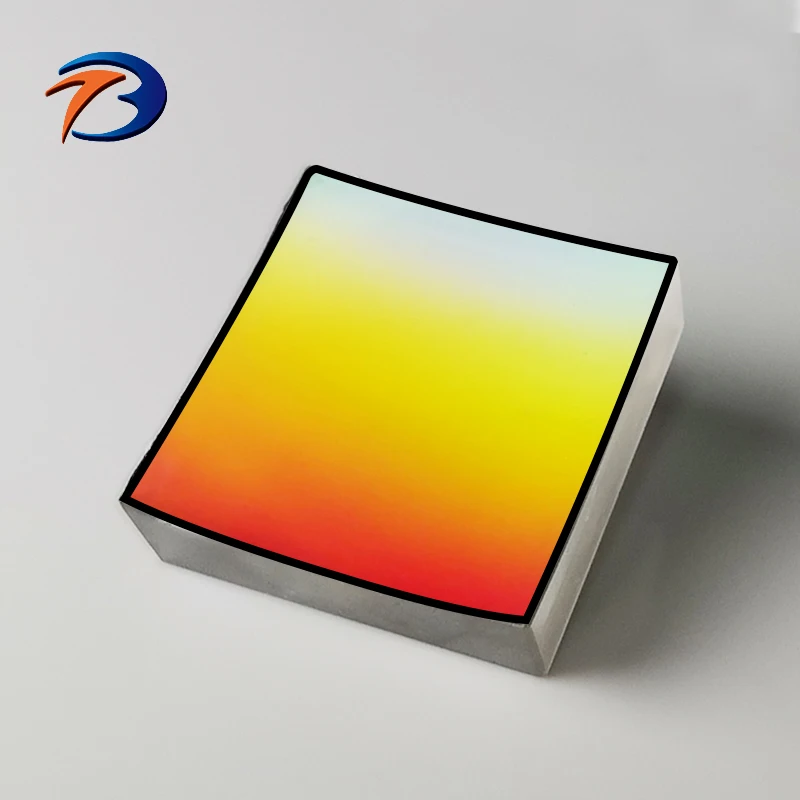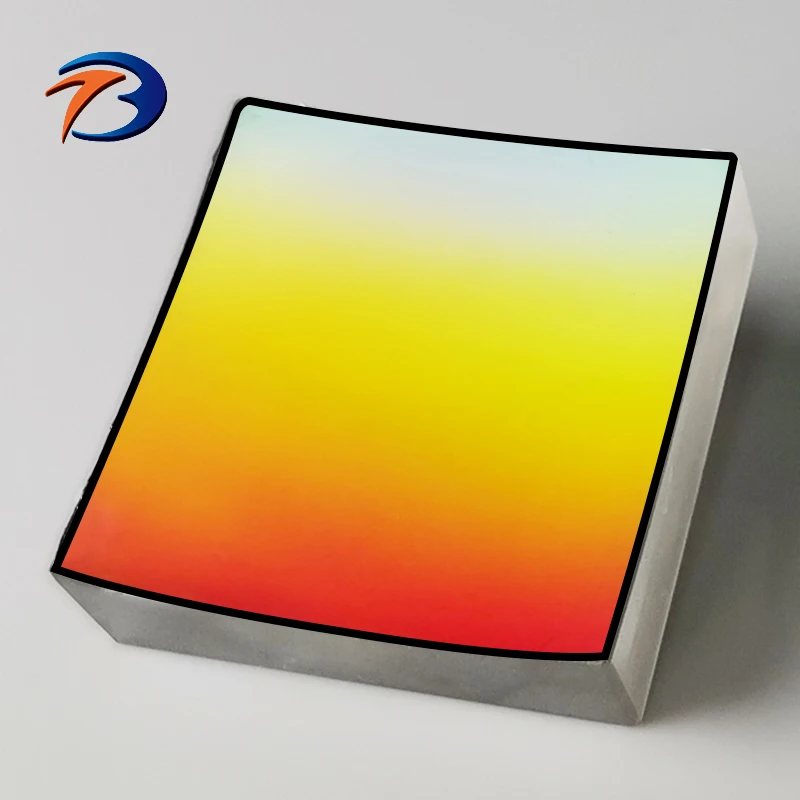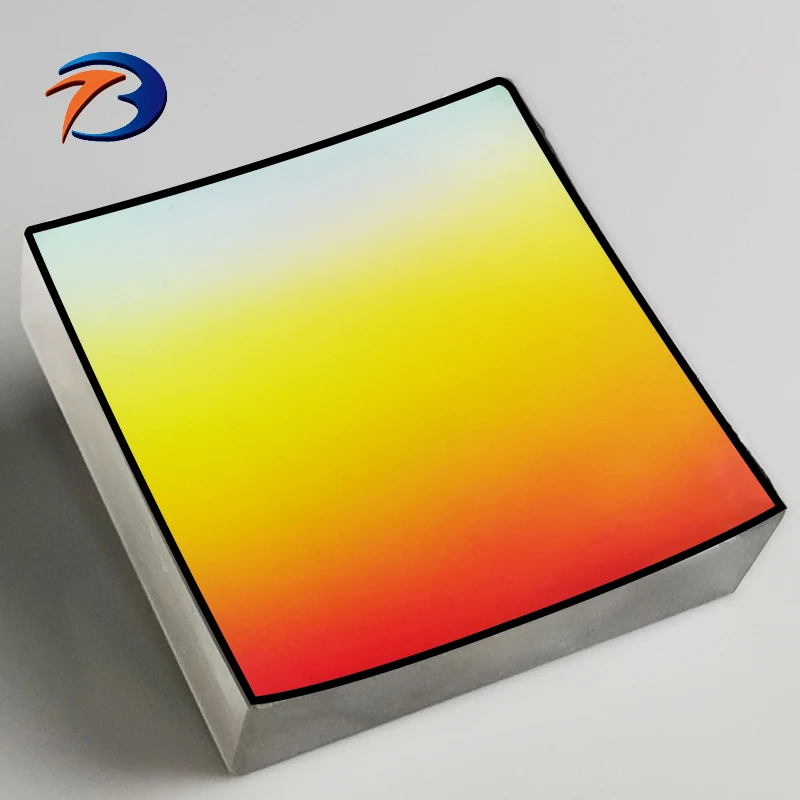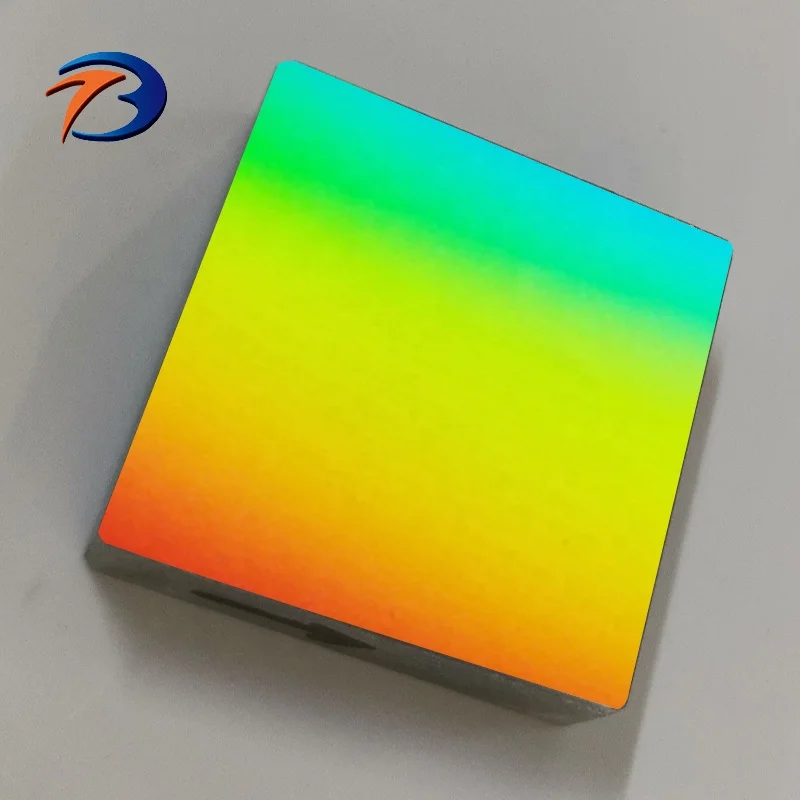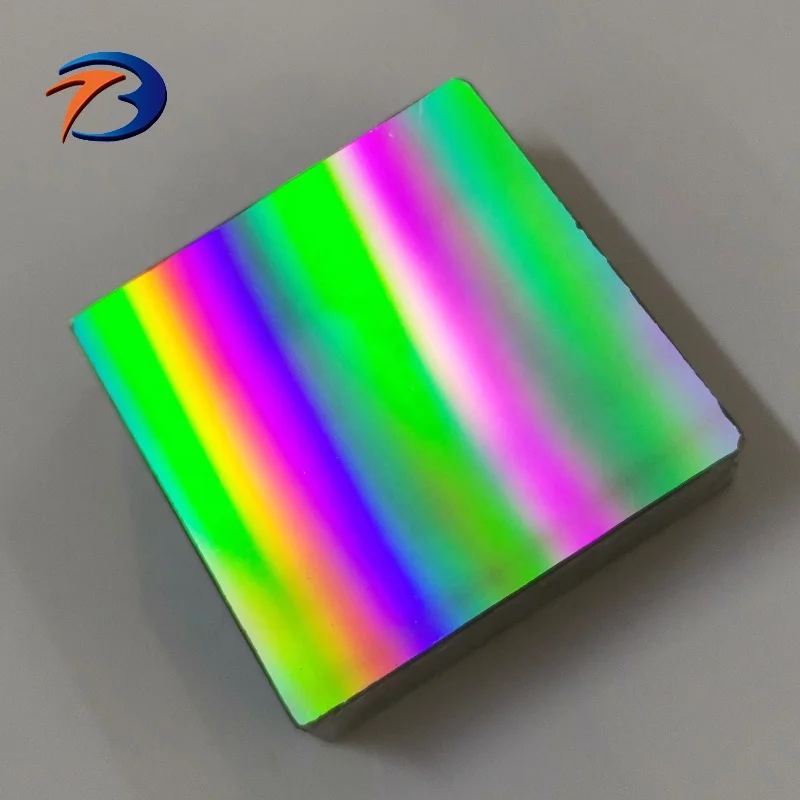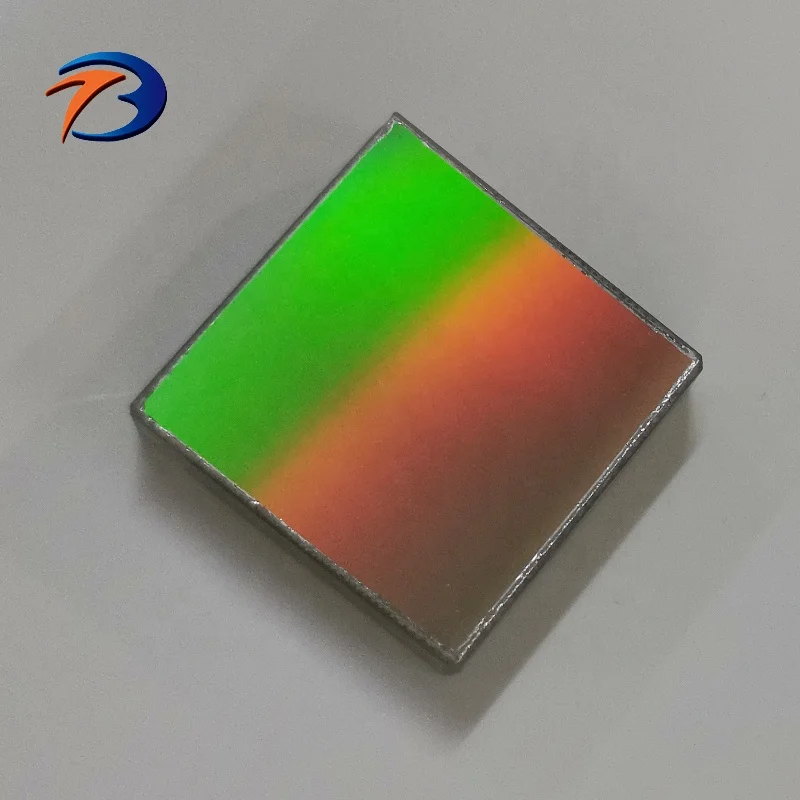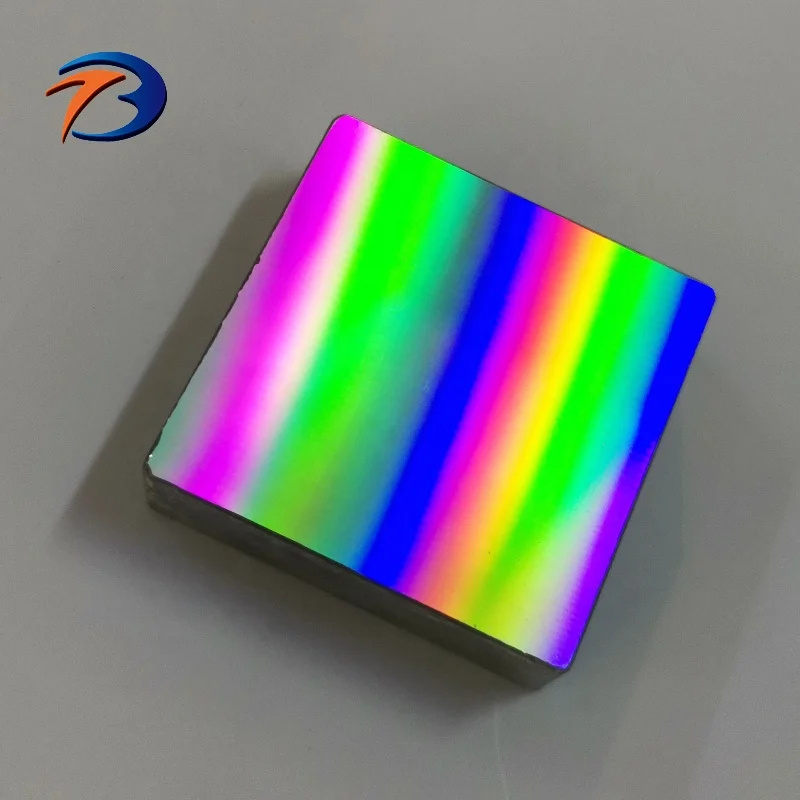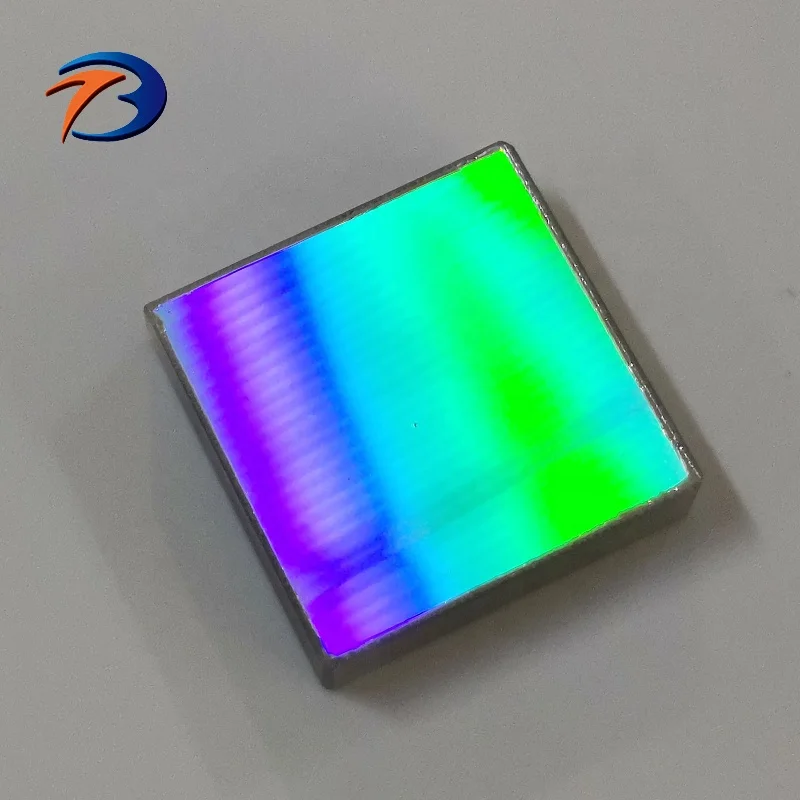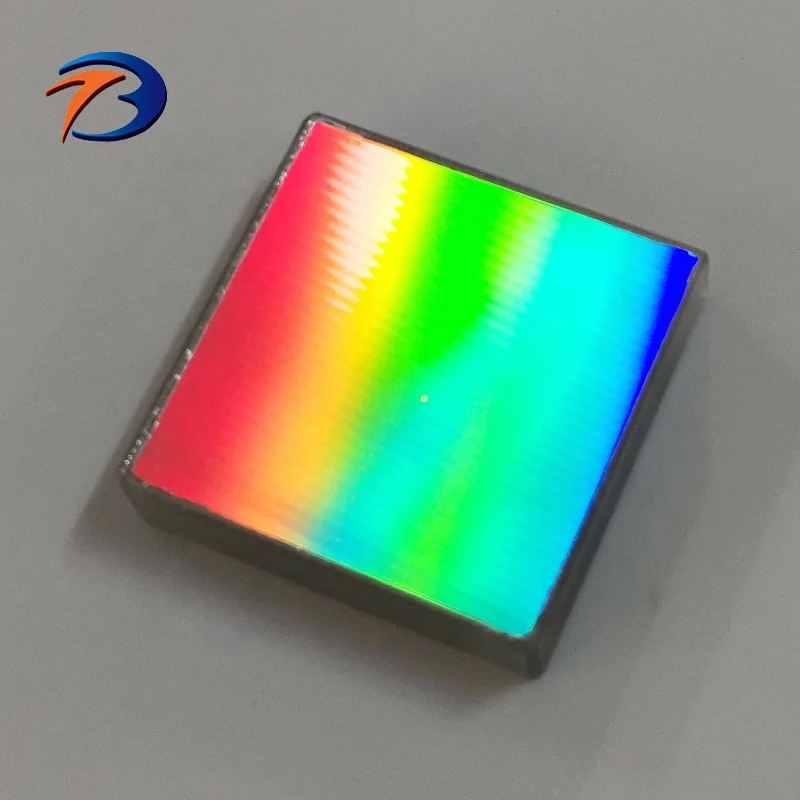Cut-to-Length Lines: Your Guide to Sourcing and Choosing the Right Equipment
In today's fast-paced industrial landscape, Cut-to-Length Lines have become indispensable for metal processing operations. These precision machines transform coils into flat sheets of predetermined lengths with remarkable accuracy and efficiency. Whether you're in automotive manufacturing, construction, or appliance production, understanding these systems can significantly impact your operational productivity.
How to Find Reliable Cut-to-Length Lines from China in 2025
China remains the world's leading manufacturer of industrial machinery, including Cut-to-Length Lines. To identify trustworthy suppliers:
- Verify certifications like CE, ISO 9001, and specific industry standards
- Check supplier history on platforms like Alibaba with at least 3 years of operation
- Request video demonstrations of actual production lines
- Ask for references from existing clients in your region
- Consider suppliers offering after-sales support and local service centers
Leading Chinese manufacturers now incorporate AI quality control systems and IoT connectivity in their newer models, providing real-time performance monitoring - a feature worth looking for in 2025.
What Buyers Should Know Before Buying Cut-to-Length Lines from China
Purchasing industrial equipment internationally requires careful consideration:
- Shipping costs can add 15-25% to the total price for standard container shipments
- Lead times typically range from 45-90 days for made-to-order systems
- Voltage requirements may need adaptation (Chinese standard is 380V/50Hz)
- Spare parts availability should be confirmed before purchase
- Payment terms usually require 30% deposit, with balance before shipment
Case Study: A German automotive supplier reduced their material waste by 12% after switching to a Chinese-made Cut-to-Length Line with advanced laser measurement systems.
Types of Cut-to-Length Lines
The market offers several configurations to meet different production needs:
Standard Cut-to-Length Lines
Basic models handling thicknesses up to 6mm, suitable for most general applications.
High-Speed Precision Lines
Capable of processing up to 120m/min with ±0.1mm accuracy for demanding industries.
Heavy-Duty Lines
Designed for thick materials (up to 25mm) used in shipbuilding and heavy machinery.
Multi-Blank Lines
Advanced systems that can produce different lengths in a single pass, ideal for JIT manufacturing.
Functions and features of Cut-to-Length Lines
Modern systems offer impressive capabilities:
- Automatic coil loading and centering
- Precision straightening systems
- Servo-driven cutting mechanisms
- Stacking and counting automation
- Touchscreen HMI with recipe storage
- Remote monitoring capabilities
The latest innovation includes vision systems that automatically detect material defects during processing, significantly reducing quality issues.
Scenarios of Cut-to-Length Lines
These machines serve diverse industries:
Automotive Manufacturing
Producing body panels with precise dimensions from high-strength steel coils.
Construction
Creating roofing and cladding materials in required lengths directly at job sites.
Appliance Production
Manufacturing refrigerator sides, oven panels, and other metal components.
Energy Sector
Processing transformer cores and solar panel mounting structures.
How to Choose Cut-to-Length Lines
Selecting the right system involves evaluating:
- Material specifications - thickness, width, and tensile strength requirements
- Production volume - determines needed speed and automation level
- Accuracy needs - precision requirements for your end products
- Floor space - compact models available for limited spaces
- Future expansion - modular systems allow for upgrades
Tip: Always request material samples processed on the actual machine before purchase to verify quality.
Cut-to-Length Lines Q & A
Q: What's the typical lifespan of a Cut-to-Length Line?
A: With proper maintenance, 15-20 years. Critical components like blades may need replacement every 2-5 years depending on usage.
Q: Can one machine handle different metal types?
A: Yes, most modern systems can process steel, aluminum, and copper alloys with proper tooling adjustments.
Q: How much operator training is required?
A> Basic operation takes 1-2 weeks, while advanced troubleshooting may require 2-3 months of experience.
Q: What maintenance is required?
A: Daily lubrication checks, weekly blade inspections, and monthly system calibrations are typical.
Q: Are Chinese machines compatible with European safety standards?
A: Reputable manufacturers offer CE-certified models meeting all EU requirements.
Q: Can these lines integrate with existing factory automation?
A: Yes, most support standard industrial communication protocols like Profibus or Ethernet/IP.




















